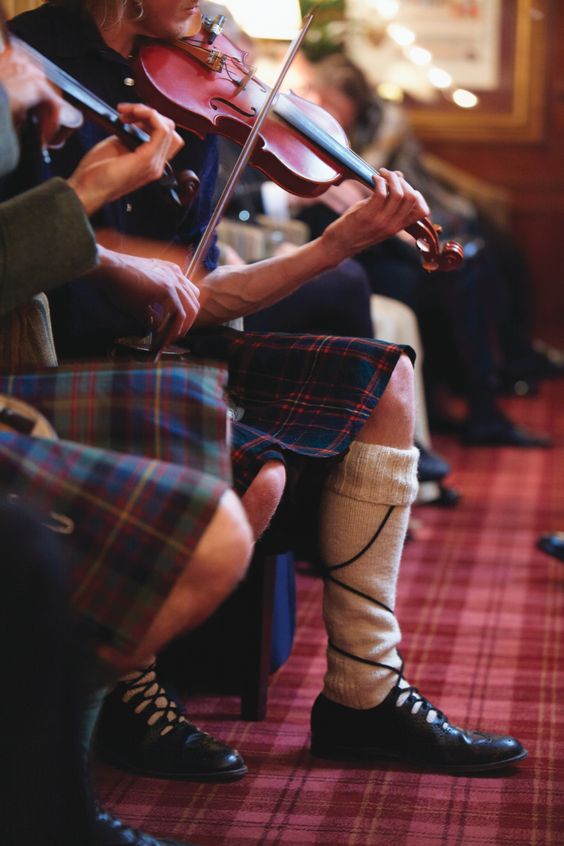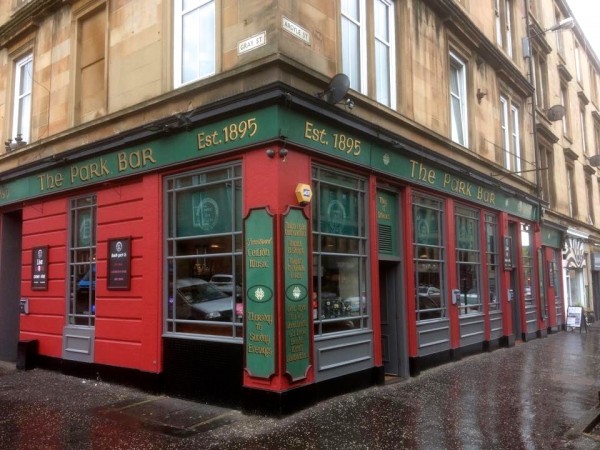Note: Liam McIlvanney has been WINNER of the Saltire First Book Award, WINNER of the Ngaio Marsh Award for Best Crime Novel, and WINNER of the 2018 McIlvanney Prize for best Scottish Crime book.
“Every twenty-five seconds the pages of the witness statement rippled in the breeze from a circular fan on McCormack’s desk. But McCormack wasn’t reading the words. He was basking in hatred. The tension in the stuffy room was like a palpable force, a malevolent beast that crouched invisible on top of the cabinets, stalked between the legs of desks, breathed its rank breath on McCormack’s neck….He knew, of course what was causing the problem. The problem was him. He was the rat. The tout.”
 Three strikingly similar murders have taken place in Glasgow during 1969, and police have made no progress apprehending the killer, nicknamed The Quaker. Detective Inspector Duncan McCormack has been sent from the Flying Squad in Glasgow to the Murder Room at the Marine Police Station in Partick, assigned to review the evidence, the investigation, and the abilities of the local police. McCormack has been treated with cold disdain, if not outright hostility, however, by the entire local crew. As Goldie, one of the more outspoken local detectives, puts it, “You cannae be the brass’s mark and do good police work. Know why? Because good police work doesnae get done on its own. You need your neighbors to help you. And who’s gonna help you after this?” What follows is a noir mystery by Liam McIlvanney, the son of Scottish poet William McIlvanney, who is “the father of Tartan noir” and author of three novels featuring Glasgow Detective Inspector Laidlaw. Having grown up with his father’s mysteries, one might expect that the work of Liam McIlvanney and his father might be similar, and they are, in some respects, but Liam McIlvanney is even more realistic and rooted in the dirt of everyday life than his father is, and he is more concerned here with setting up blockbuster surprises at the ending than he is in setting scenes and creating fully developed characters like those his father is known for.
Three strikingly similar murders have taken place in Glasgow during 1969, and police have made no progress apprehending the killer, nicknamed The Quaker. Detective Inspector Duncan McCormack has been sent from the Flying Squad in Glasgow to the Murder Room at the Marine Police Station in Partick, assigned to review the evidence, the investigation, and the abilities of the local police. McCormack has been treated with cold disdain, if not outright hostility, however, by the entire local crew. As Goldie, one of the more outspoken local detectives, puts it, “You cannae be the brass’s mark and do good police work. Know why? Because good police work doesnae get done on its own. You need your neighbors to help you. And who’s gonna help you after this?” What follows is a noir mystery by Liam McIlvanney, the son of Scottish poet William McIlvanney, who is “the father of Tartan noir” and author of three novels featuring Glasgow Detective Inspector Laidlaw. Having grown up with his father’s mysteries, one might expect that the work of Liam McIlvanney and his father might be similar, and they are, in some respects, but Liam McIlvanney is even more realistic and rooted in the dirt of everyday life than his father is, and he is more concerned here with setting up blockbuster surprises at the ending than he is in setting scenes and creating fully developed characters like those his father is known for.
A Prologue sets the scene for this novel and introduces the three victims, Jacqueline Keevins, Ann Ogilvie, and Marion Mercer, all women living on the edge and all brutally murdered after a night at the Barrowland Ballroom. A poster has been created showing an artist’s rendition of a “smart, fair-haired young man” thought to have been involved. Rumors are rife, and a constant stream of anonymous tips arrives at the police station. Each of the victims also gets her own chapter to describe herself and her situation up to her killing, the first victim’s statement appearing even before Chapter One begins, with victim Jacqueline Keevins, the mother of a six-year-old, describing her life. She has been dating a man about five years younger than she, and they eventually appear at the Barrowland Ballroom. She has less sympathy for the women murdered later because, she says, “they knew a man had picked up a woman on that dance floor and taken her home and killed her. But they went anyway.” Then she recants, admitting that she knew he was out there too, “I knew it all along. We all do.”

When McCormack goes to the Glasgow Cemetery to visit the graves of the victims, the reader gains important insights into his life.
By the time Chapter One starts, the reader already knows many of the basics about this murderer and some of his victims. The atmosphere of Glasgow is well established, as are all the changes that have occurred there since World War II, along with the tendency to violence of the local police, their often deliberate provocations to violence, and the enmity they instill among the population, especially the criminal population. They all believe that McCormack and his ilk are there to get them, not to solve the three murders. A second narrative evolves in alternating sections with the murder investigation. A group of robbers, some of them from out of town, have planned and eventually executed the incredible daylight robbery of a huge collection of valuable jewels. To tell these two stories, McIlvanney introduces approximately twenty-five characters in the first hundred pages, and some readers may want to keep a character list to avoid confusion, as the list gets even bigger as the crooks and the police – and the people associated with the murders and the robbery – begin to overlap in the second half of the novel.
A fourth woman is murdered just after the jewel robbery, drawing all the local police, along with outsiders like McCormack, into the two big investigations. The many subplots, the suspicions among the police regarding each other, and the conflicting information about the potential murderer soon reach a peak. Helping to promote this suspense is the fact that throughout the book, the reader actually knows almost nothing about D. I. Duncan McCormack or his background and friends. A loner with seemingly no family, his life is spent at work, and until a clue as to his interests is revealed, but not developed, in the first third of the book, the focus remains on the mysteries, and not character – his or anyone else’s. Suspicions regarding the real identity of the Quaker become even more rampant as conflicting information is turned up through further investigation. The robbers involved in the jewel heist, which involves half of the narrative, have not been directly connected to the murders until they disperse after the robbery, It is then that Paton, the leader of the group, an outsider brought to Glasgow for the robbery, becomes a major focus of the narrative as he escapes into the countryside amid rumors that he is the Quaker.

The image of a fiddler in the ceilidh band of the Park Bar reminds McCormack of Granny Beag and connects the killing with Mary, Queen of Scots for him.
Though the novel starts slowly and is presented in a simple style, it gradually becomes increasingly complex, and at times even feels almost as if it is being resolved by magic. The last fifty pages move at a frantic pace as new information is discovered about some of the corrupt police and about some of the families and friends of the murder victims. The enormous suspense McInvanney creates eventually leads to one of the grandest finales ever, as surprise after genuine surprise is revealed, corrected, changed and eventually resolved. Everything from the history of Mary Queen of Scots and her possible connection to the planning of the murders, to a false arrest which no one wants to admit is false, a new murder, a focus on the housing shortage involving a scam, numerous betrayals, and some final information about McCormack himself, will keep readers moving at a fast pace, wondering how the author can possibly resolve so many different plot lines and characters. In the final pages, when McCormack is ready to leave Glasgow, the author provides a final scene involving McCormack and Derek Goldie, his formerly hostile police partner, which adds a welcome soft touch to the resolution of this very dark novel.
Photos. The author’s photo appears on https://www.odt.co.nz
The photo of the Necropolis, where McCormack visited the graves of the three victims, and where the reader gains new knowledge about him, is from https://fridaynightboys300.blogspot.com/
In his escape, jewel robber Alex Paton goes to Balmaha, on the shores of Loch Lomond, which he remembered from childhood. https://lifeofgibbers.com/
The image of a fiddler in the ceilidh band of the Park Bar reminds McCormack of his Granny Beag and her singing of folk songs, which then connects the killings with a song about Mary, Queen of Scots, suggesting a new direction for his investigation. https://www.pinterest.com/
The photo of Glasgow’s famed Park Bar is from https://www.facebook.com/TheOfficialParkBar/?fref=nf



